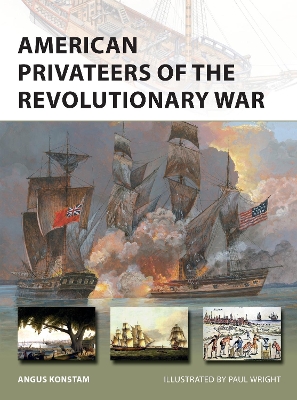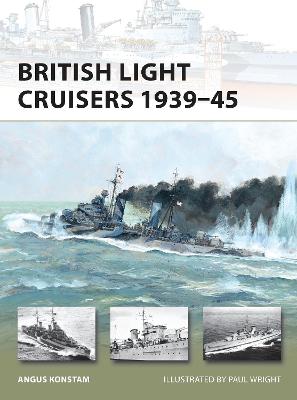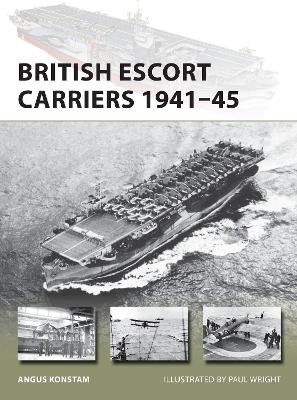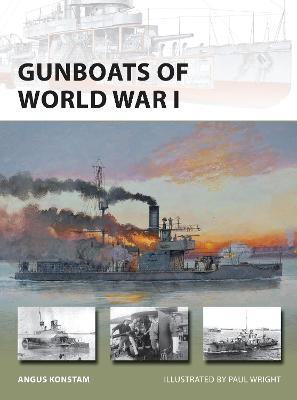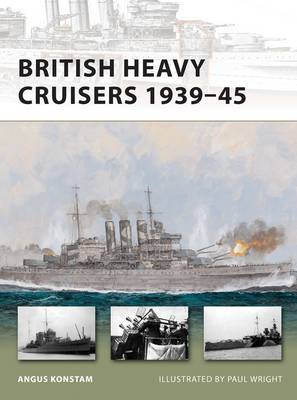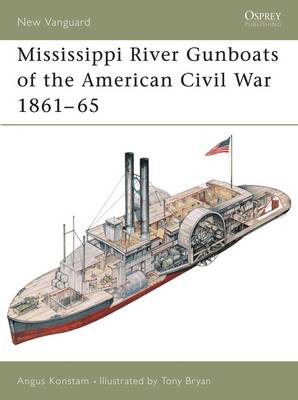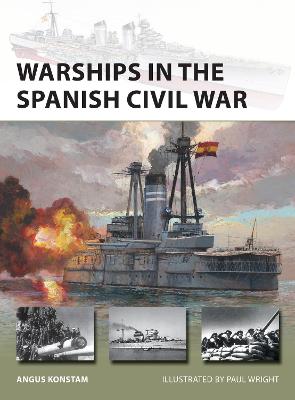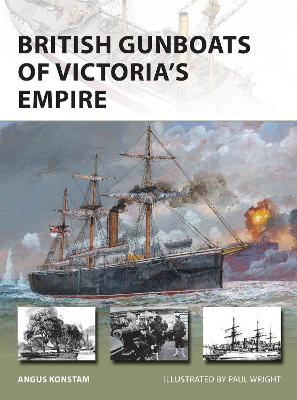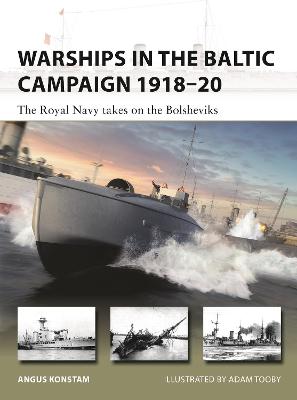New Vanguard
12 primary works • 32 total works
These American privateers seized more than 600 British merchant ships over the course of the war, capturing thousands of British seamen. Indeed, Jeremiah O'Brien's privateer Unity fought the first sea engagement of the Revolutionary War in the Battle of Machias of 1775, managing to capture a British armed schooner with just 40 men, their guns, axes and pitchforks, and the words 'Surrender to America'. By the end of the war, some of the largest American privateers could venture as far as the British Isles, and were more powerful than most contemporary warships in the fledgling US Navy. A small number of Loyalist privateers also put to sea during the war, and preyed on the shipping of their rebel countrymen.
Packed with fascinating insights into the age of privateers, this book traces the development of these remarkable ships, and explains how they made such a significant contribution to the American Revolutionary War.
When the Gloire slid down the Toulon slipway in 1859, it changed sea power forever. With this ship, the world's first oceangoing ironclad, France had a warship that could sink any other, and which was proof against the guns of any wooden ship afloat. Instantly, an arms race began between the great navies of Europe - first to build their own ironclads, and then to surpass each other's technology and designs.
As both armour and gun technology rapidly improved, naval architects found new ways to mount and protect guns. The ram briefly came back into fashion, and Italian and Austro-Hungarian fleets fought the ironclad era's great battle at Lissa. By the end of this revolutionary period, the modern battleship was becoming recognizable, and new naval powers were emerging to dominate Europe's waters.
The typical Escort Carrier was small, slow and vulnerable, but it could carry about 18 aircraft, which gave the convoys a real chance to detect and sink dangerous U-Boats. Collectively, their contribution to an Allied victory was immense, particularly in the long and gruelling campaigns fought in the Atlantic and Arctic. Illustrated throughout with detailed full-colour artwork and contemporary photographs, this fascinating study explores in detail how these adaptable ships had such an enormous impact on the outcome of World War II's European Theatre.
Mississippi River Gunboats of the American Civil War 1861-65
by Angus Konstam
In July 1936, a pro-fascist coup orchestrated by General Franco tore Spain apart and plunged the country into a bitter civil war. Like Spain itself, the Spanish Navy was torn in two: crews and most ships remained loyal to the Republican government but many of the Navy's officers joined Franco's rebels, and warships under repair or 'mothballed' in southern ports soon fell to the rebel advance. These formed the basis of Franco's 'Nationalist fleet,' and with both Italian and German help, the rebels were able to contest the Republic's control of Spanish waters. Overall the Republican Navy held its own, despite mounting losses, until the collapse of the Republican Army led to the fleet seeking internment in French North Africa.
Packed with contemporary photographs and full colour illustrations, this study examines the composition and organization of the two rival fleets, the capabilities of their ships and submarines, and the performance of their crews. It also covers the warships of the Basque Auxiliary Navy - an offshoot of the Republican Fleet - and other navies who played a part in the conflict, most notably the Italian Regia Marina.
In recent years the phrase 'gunboat diplomacy' has been used to describe the crude use of naval power to bully or coerce a weaker nation. During the reign of Queen Victoria, 'gunboat diplomacy' was viewed very differently. It was the use of a very limited naval force to encourage global stability and to protect British overseas trade. This very subtle use of naval power was a vital cornerstone of the Pax Britannica. Between the Crimean War (1854-56) and 1904, when the gunboat era came to an abrupt end, the Royal Navy's ocean-going gunboats underpinned Britain's position as a global power and fulfilled the country's role as a 'global policeman'.
Created during the Crimean War, these gunboats first saw action in China. However, they were also used to hunt down pirates in the coasts and rivers of Borneo and Malaya, to quell insurrections and revolts in the Caribbean or hunt slavers off the African coast. The first gunboats were designed for service in the Crimean War, but during the 1860s a new generation of ships began entering service - vessels designed specifically to fulfill this global policing role. Better-designed gunboats followed, but by the 1880s, the need for them was waning . The axe finally fell in 1904 when Admiral 'Jackie' Fisher brought the gunboat era to an end in order to help fund the new age of the dreadnought.
This exciting New Vanguard title describes the rise and fall of the gunboat, the appearance and capability of these vital warships, and what life was like on board. It also examines key actions they were involved in.
Following the Russian Revolution of October 1917, the Baltic states became a battleground between Russian Reds and Whites, German troops and emerging Baltic independence forces. In November 1918, the British government decided to intervene, to protect British interests and to support the emerging Baltic states.
This initial small force of cruisers and destroyers was eventually augmented by other British warships, including aircraft carriers, a monitor, as well as a handful of submarines and torpedo boats. Opposing them was the far more powerful Russian Baltic Fleet, now controlled by the Bolsheviks. The campaign that followed involved naval clashes between the two sides, the most spectacular of which was an attack on the Soviet naval base of Kronstadt in June 1919 by a force of small British torpedo boats. They torpedoed and sunk the Russian cruiser Oleg, an action which effectively bottled the Baltic fleet up in port for the remainder of the campaign. Finally, in early 1920, the British squadron was withdrawn, following Soviet recognition of Estonia, Latvia and Lithuania.
This New Vanguard title explores the naval side of this little-known but strategically crucial campaign fought by the war-weary navies of Britain and Russia and by warships of the emerging Baltic states. Describing the political background to the conflict, and the key points of the naval campaign as well as the warships involved, this is a concise and fascinating account of an overlooked naval campaign that helped reshape the map of Europe.
